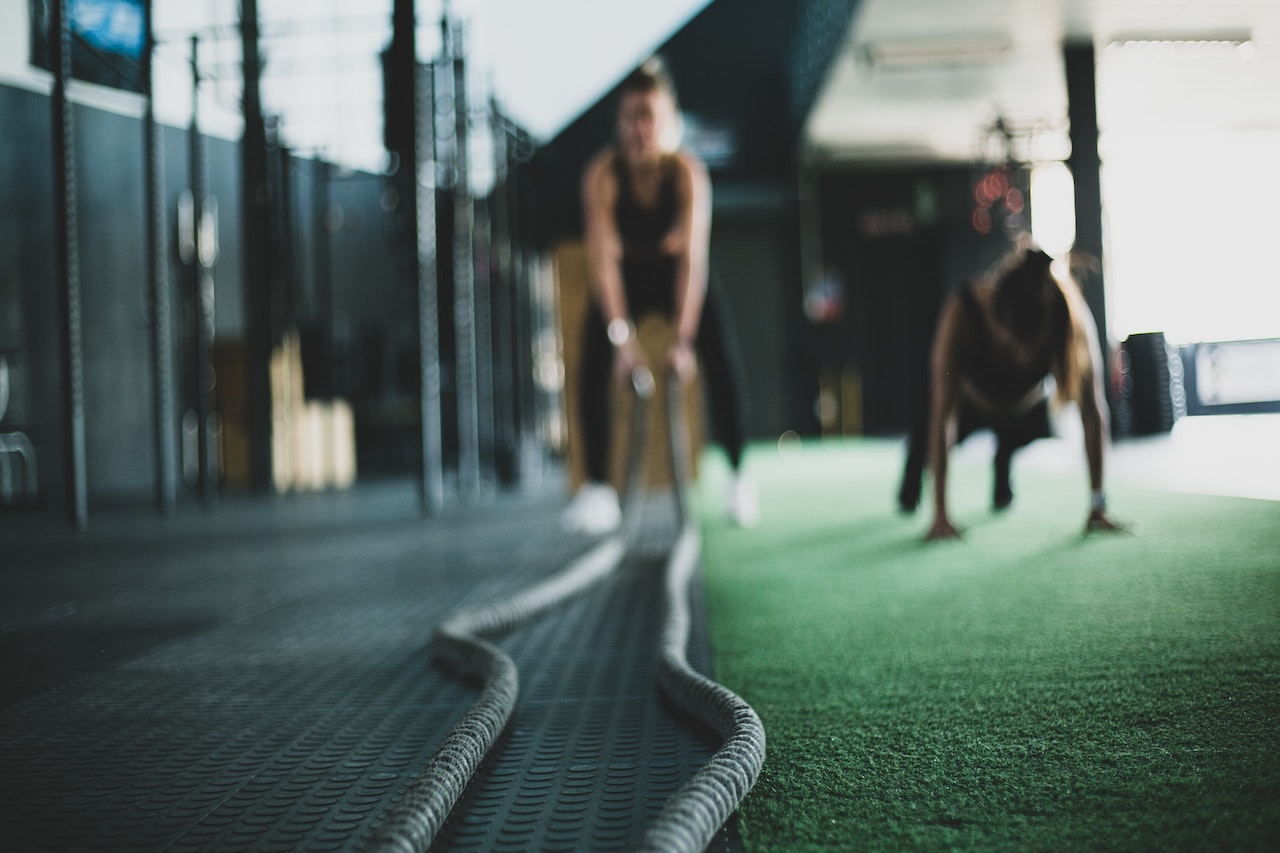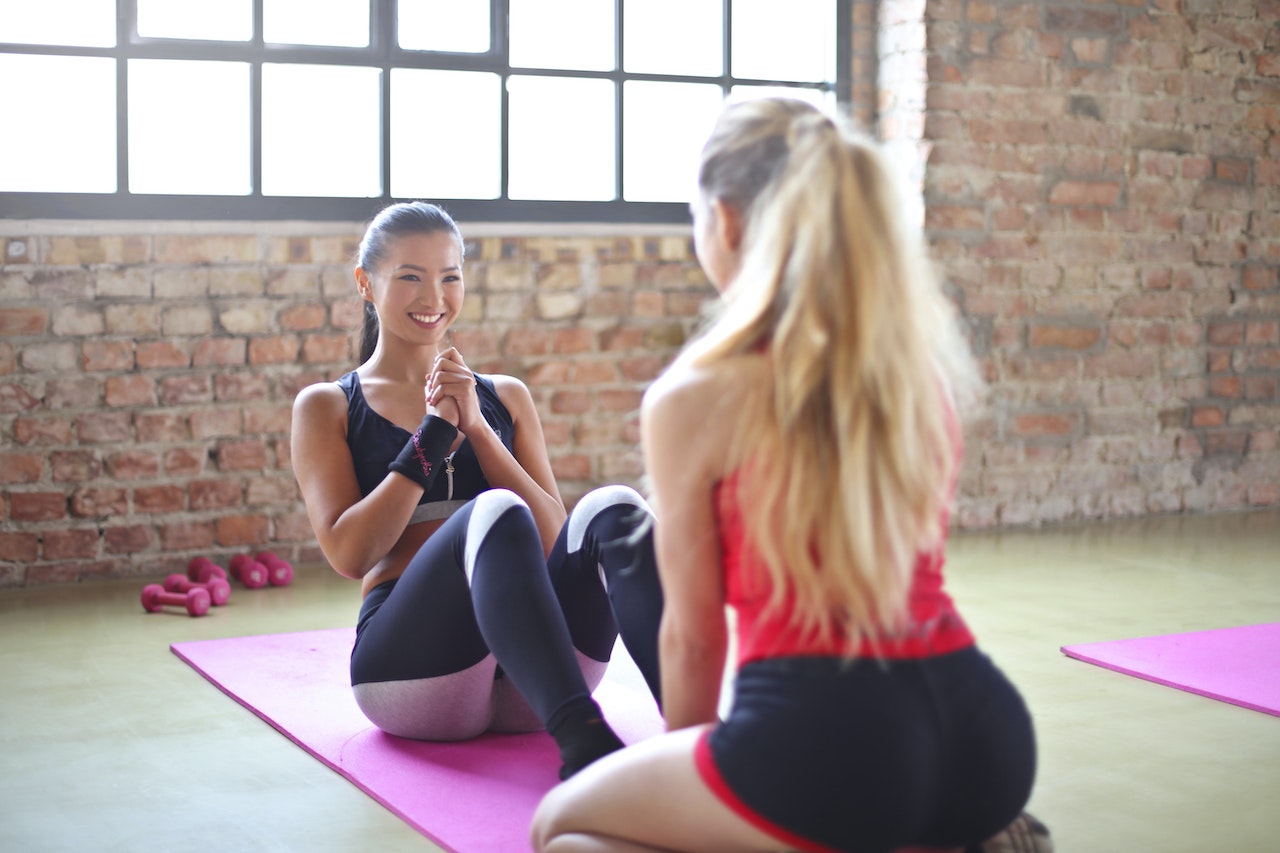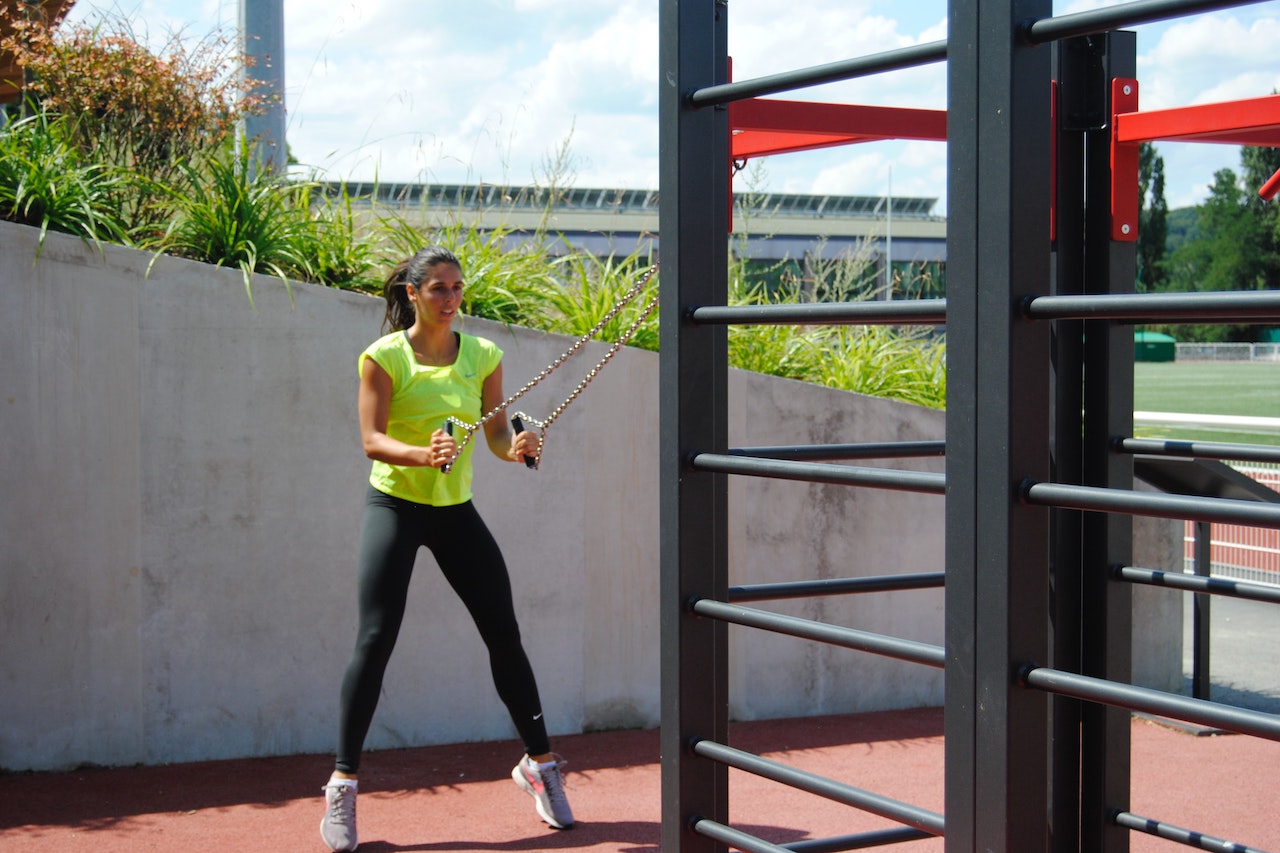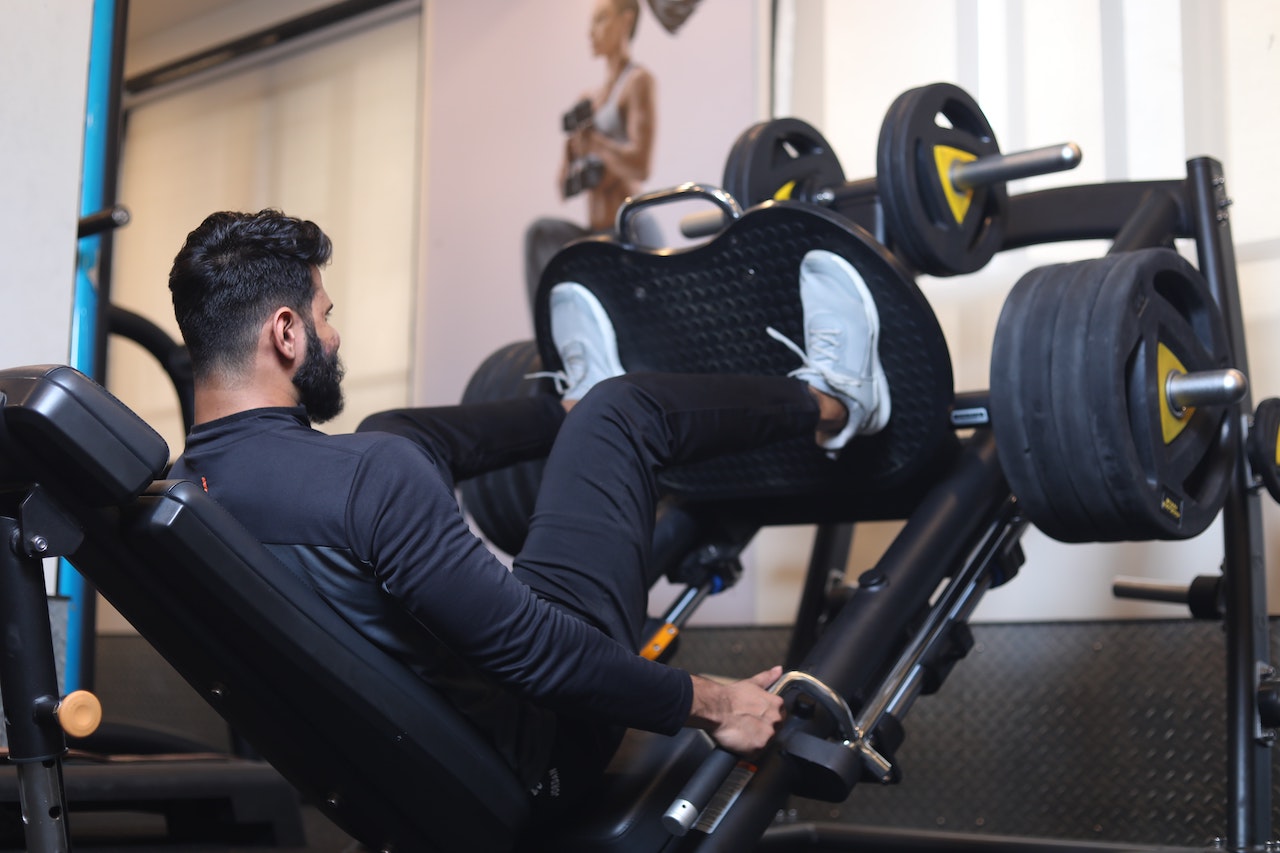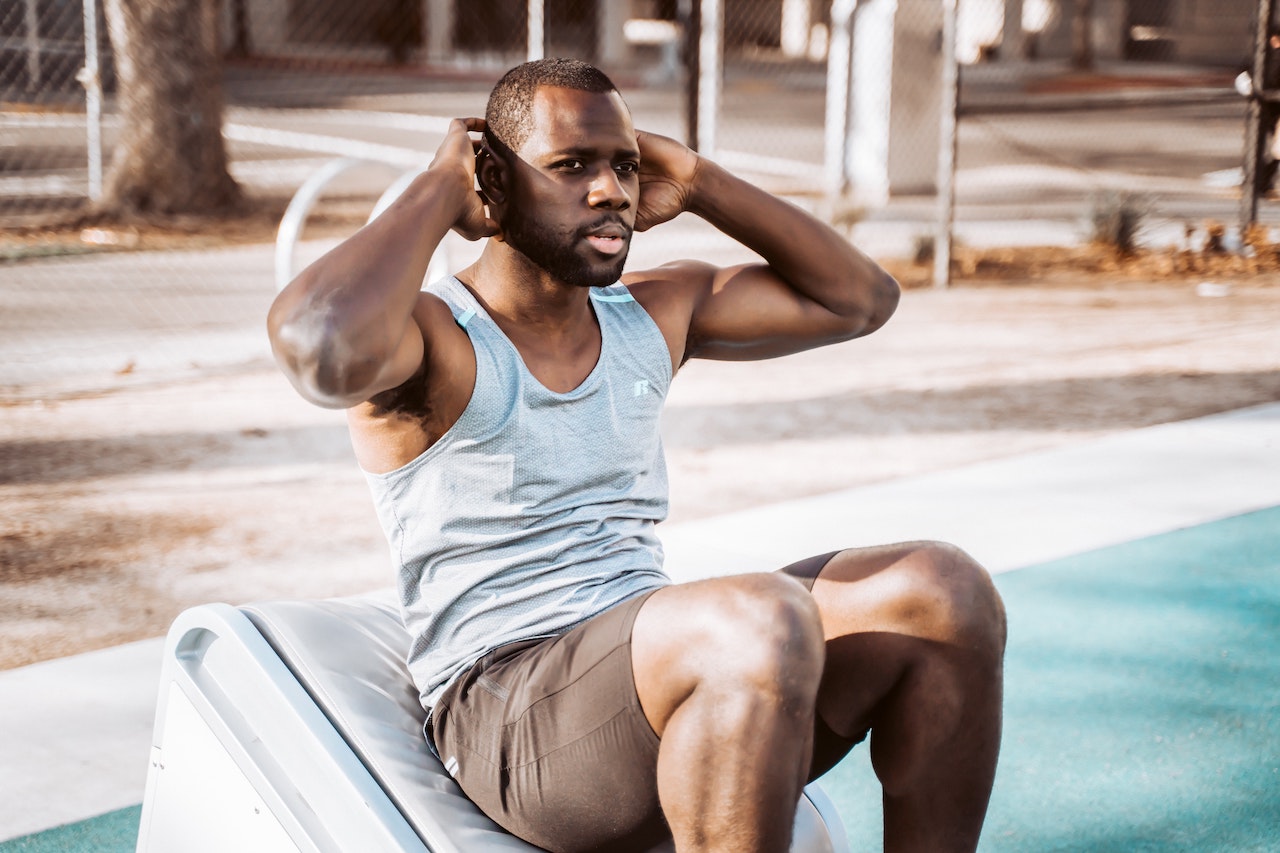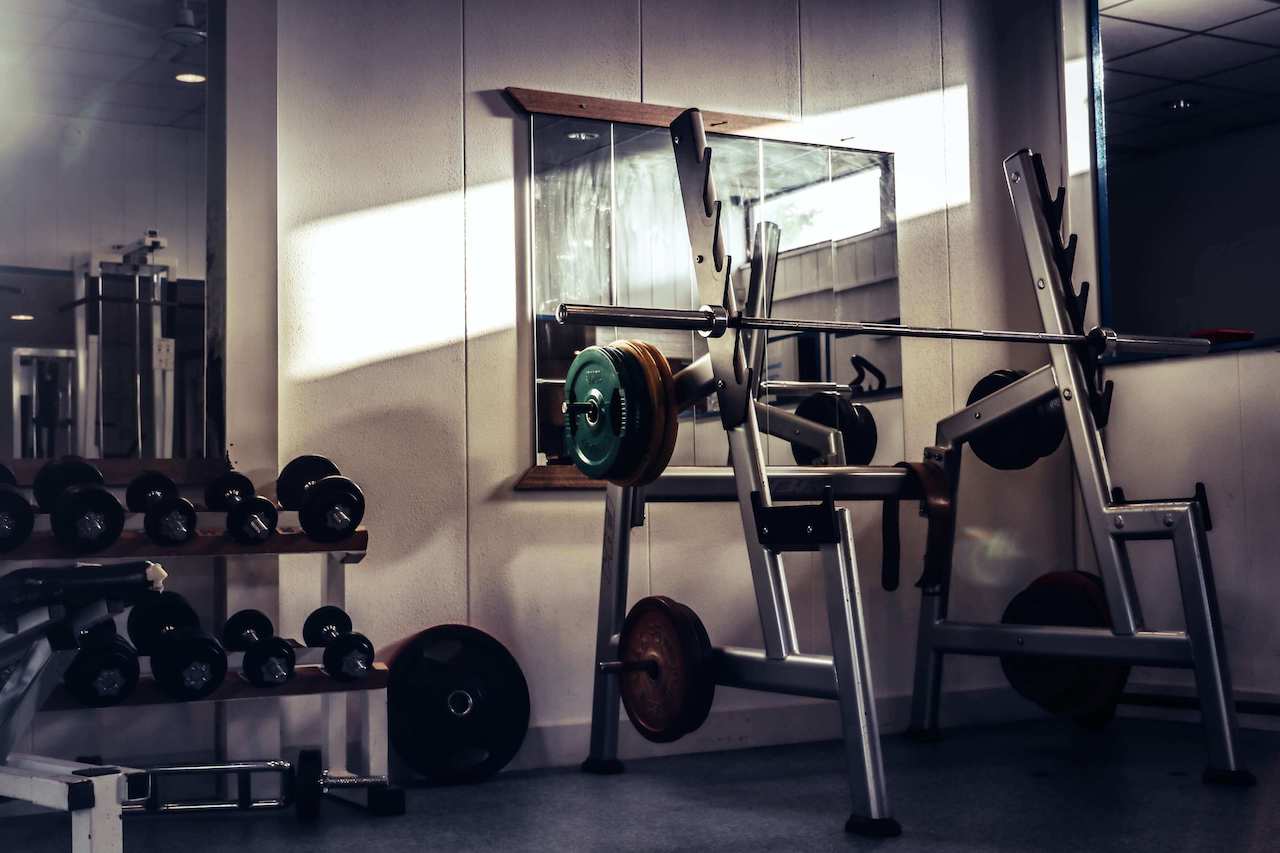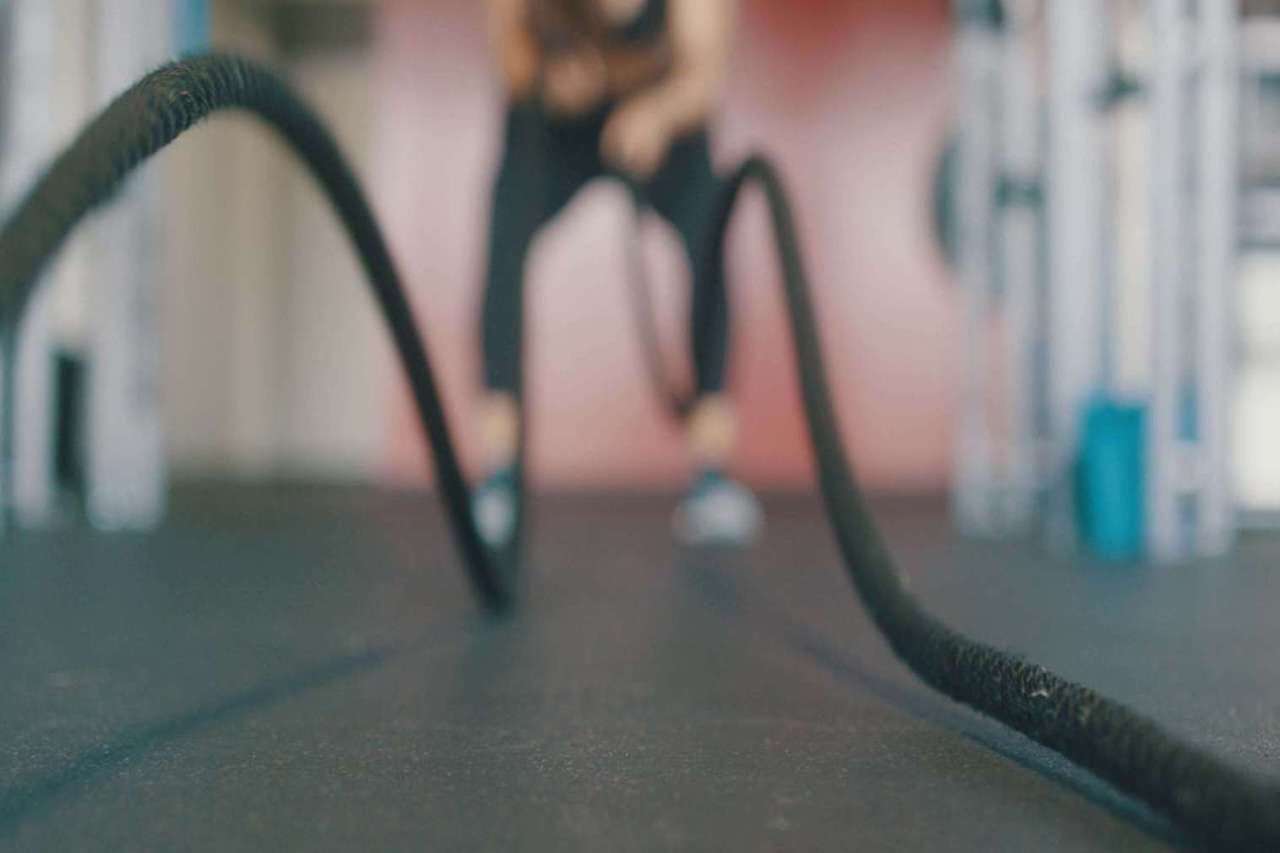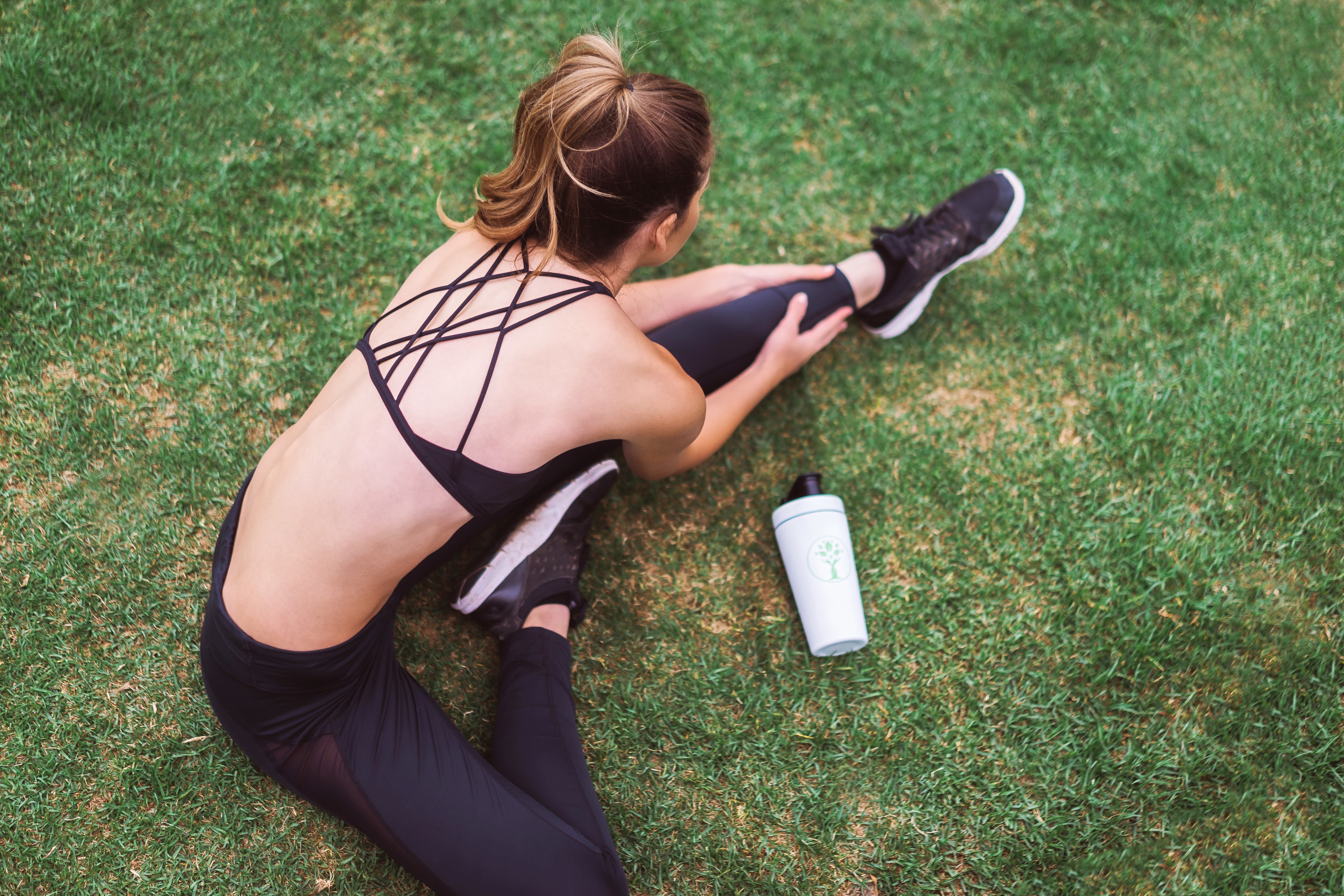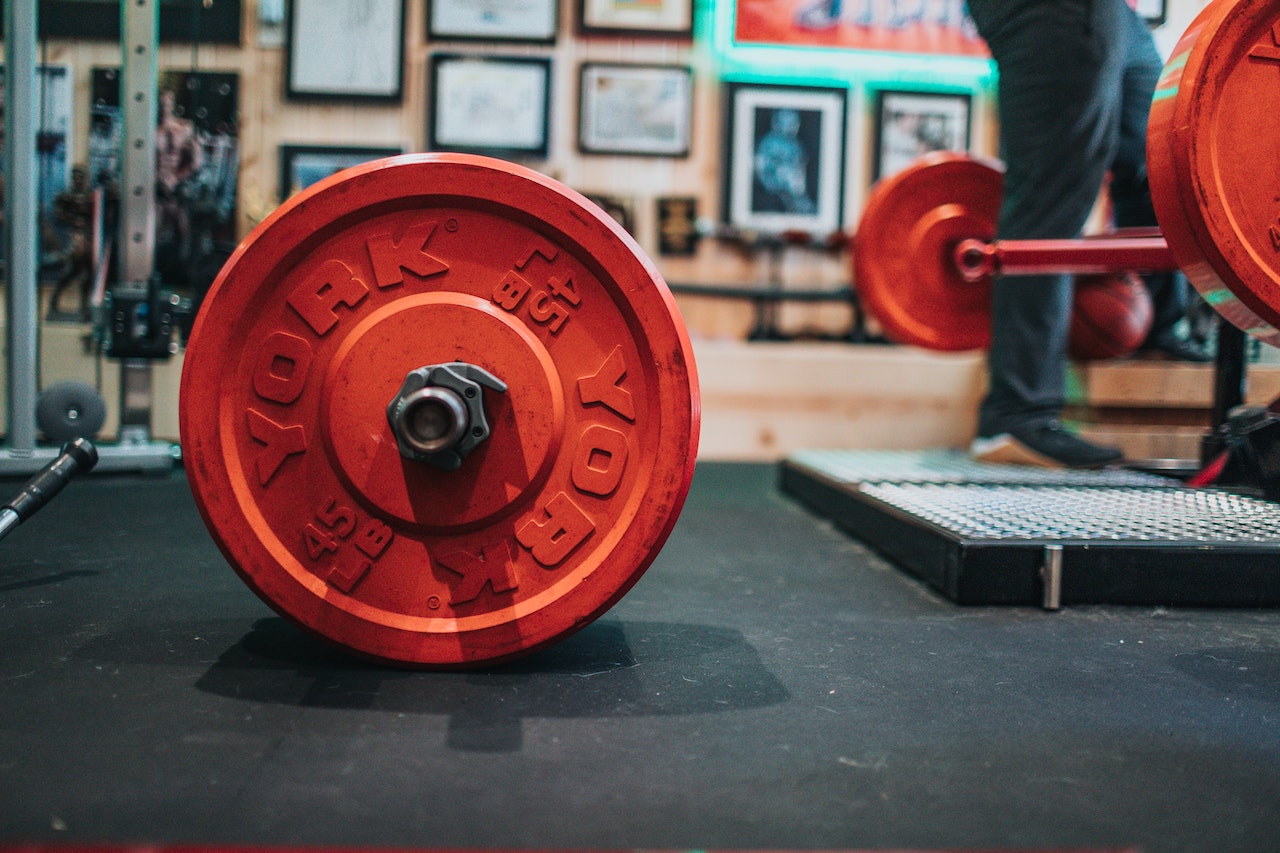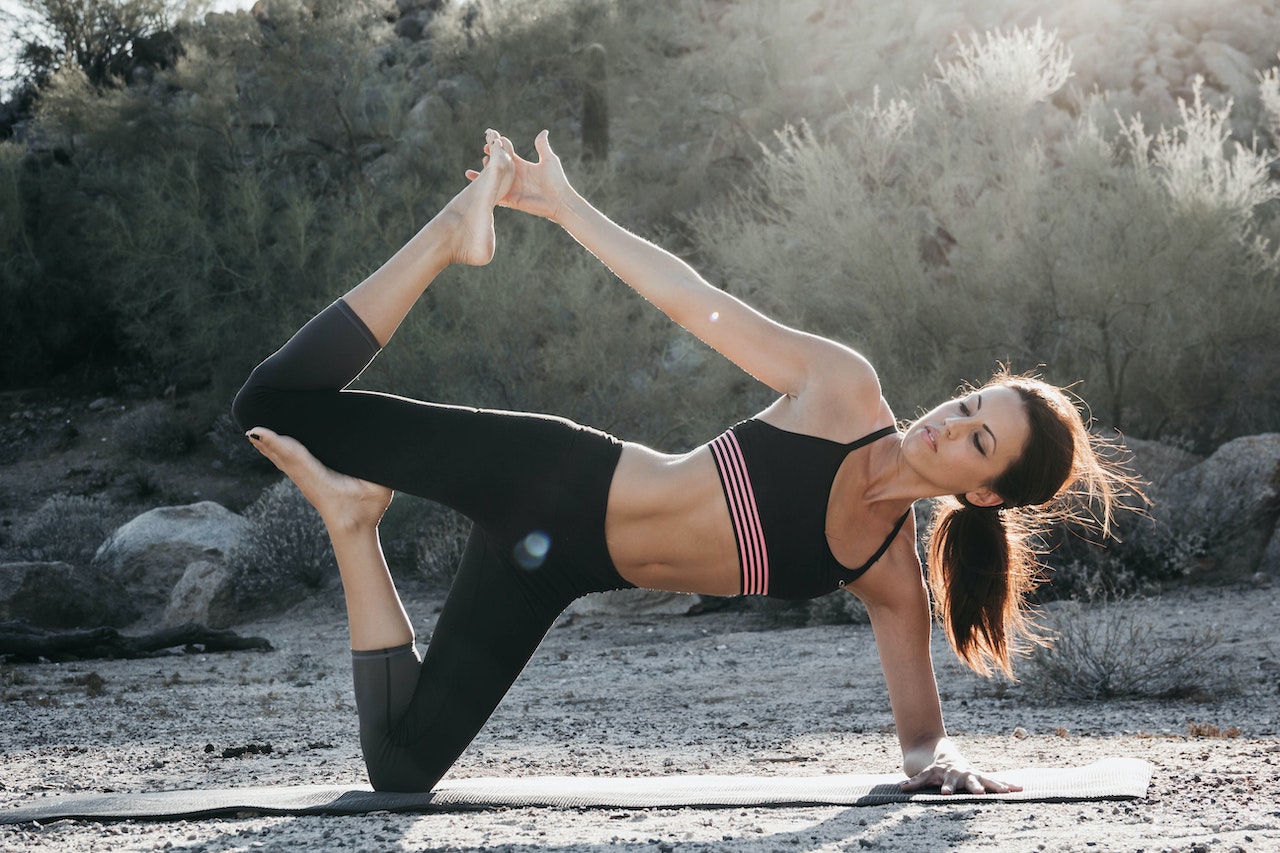Have you ever asked someone how the bench press is practiced? Or have been asked by others? If you tell someone the answer without having carefully tried to do the bench press, then this is irresponsible.
It's not common to find the same grip, trajectory and position because everyone's body structure is unique. Everyone is snatching the bench press and still needs to vary the way they do it to suit themselves... And benching in this way can only really get better!

bench press posture
get into a good position in order to effectively power up against the barbell.
1. The ultimate goal is to create full body tightness and you can then bench press as a whole.
* the flat barbell bench press is not an isolated movement
2. The heel is firmly planted on the ground with the lower leg roughly perpendicular to the ground
* this is the best position to generate and transmit power

3. Lie on a flat bench and tighten and squeeze your shoulder blades.
* feel as if you are pressing your shoulder blades against the flat bench
* hold this position throughout the pushing movement
4. The shoulders and legs are in the correct position and the lower back will arch slightly.
* this is the correct and strong position for the flat bench press
* do not arch your back excessively or stick to a flat bench

grip
keep some torque between your body and the barbell to protect your shoulders, elbows, wrists and chest.
1. Hold the barbell firmly, approximately shoulder-width apart.
* a grip that is too wide will put excessive stress on the pectoral muscles and also reduce the tightness on the latissimus dorsi
* a too narrow grip will place excessive stress on the elbow joint and biceps
* the narrower the grip, the longer the stroke of the bench press
2. Support the barbell at the base of the palm of your hand with your thumbs around the barbell.
* do not hyperextend your wrists while holding the barbell
* imagine wrists tightened downwards
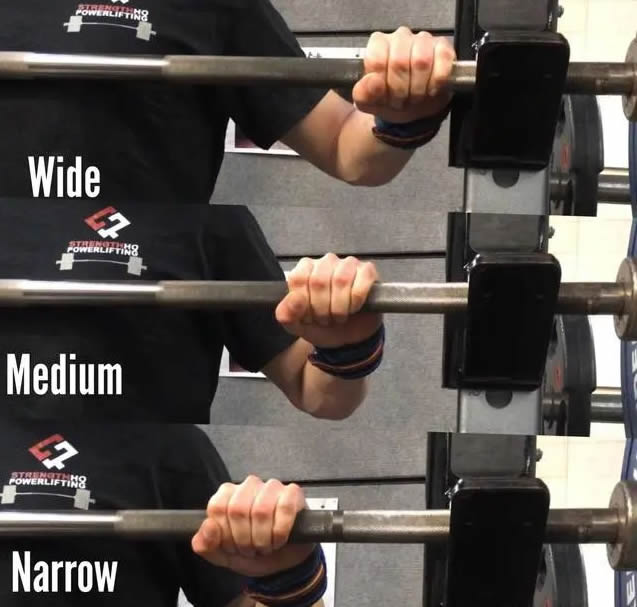
3. When holding the barbell, feel the force breaking it up, this will increase the tightness of the latissimus dorsi and upper back.
* the higher the tightness, the greater the force of the push
* "Breaking the barbell" Will put the elbows in the best position.
* do not open the elbows to the sides or rotate them too far inward
* keep your forearms perpendicular to the floor at all times
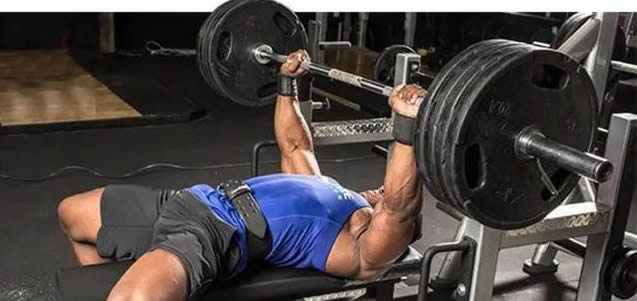
raising and lowering the bar
maintaining the tightness at the start requires a proper barbell trajectory, creating a cycle of extension and contraction during the bench press.
1. When starting the bar (with or without a partner), do not lose tightness or move the scapular position.
* do not relax and arch your scapulae forward when starting the bar
2. Do not suddenly lower the barbell immediately onto the chest.
* maintain tightness and feel as if you are pulling the barbell towards you
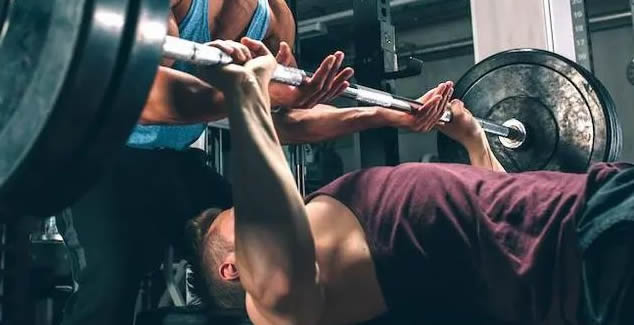
3. Due to biomechanics and human anatomy, the barbell cannot run in a perfectly vertical path.
* lower the barbell slowly down to a distance from your body, touching the nipple line or just below it
4. Continue to bend the barbell with your hands.
5. Do not bounce the barbell with your pecs/chest bone.
* this is cheating yourself and using inertia rather than muscle.
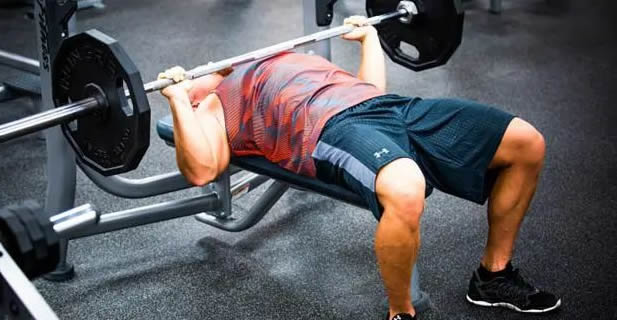
pushing up
initiate the push up with the pecs and latissimus dorsi, then lock the position with the triceps.
1. Keep both feet/heels firmly on the ground while keeping the abdominals tight.
* transfer the force generated by the ground to the barbell.
2. Continue to "Bend" The barbell as you push upwards, this helps to maintain the position.
* forearms perpendicular to the floor
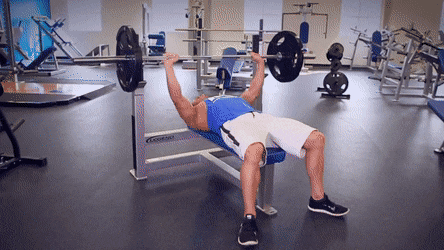
3. Push upwards with the same stroke as the lowered barbell is some distance from the pectoral muscles.
* push towards the barbell rack
4. Do not leave the flat bench at the hips or arch your back excessively.
5. Do not complete the push up by leaning forward with the shoulder blades when locking.
* if the bench press is more frequent, the body will lose its tightness

what exercises help with the bench press?
The rotator cuff muscle groups, latissimus dorsi, upper back and triceps need to be trained. A strong back and shoulders help to push the barbell up from the chest better, and strong triceps are also an important foundation for a strong lockout position.
Dumbbell row, rope/elastic band face pull, elastic band abduction, dumbbell overhead press variation of dumbbell arm curls, double bar arm curls, push-ups
how do i breathe during the bench press?
Don't hold your breath during the entire bench press! Inhale before the barbell is lowered and exhale when the movement is locked.
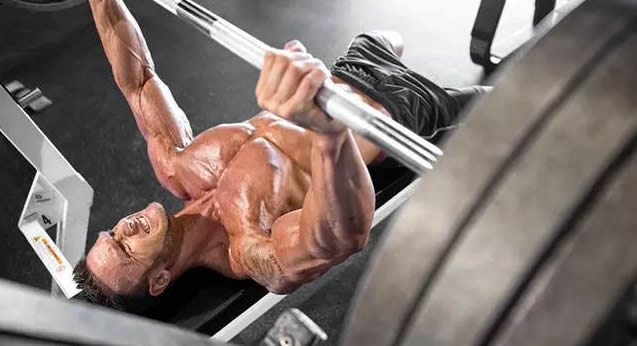
should i wrap my thumbs around the barbell?
Don't use an empty grip, it is called a suicide grip for a reason.
How do i structure my bench press program? For example sets, reps etc
this is a very interesting question. It's best to follow a basic template so that you don't cause injury by overdoing the exercises.
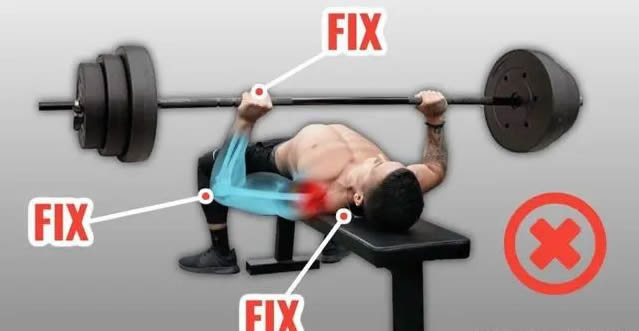
over bench pressing can cause shoulder and/or elbow pain and we recommend that the bench press is not practiced more than 2 times a week, preferably with a different variation each time. It is recommended that for every bench press, two exercises for the posterior shoulder fascia are essential to prevent injury and build a perfect physique.
Is it necessary to wear wrist guards?
No. Wrist guards by themselves do not improve power output or prevent injury. If you don't practice powerlifting regularly, or go and learn some of the techniques involved, you can help yourself prevent most injuries. Not wearing wrist guards does not prevent you from achieving your training goals.
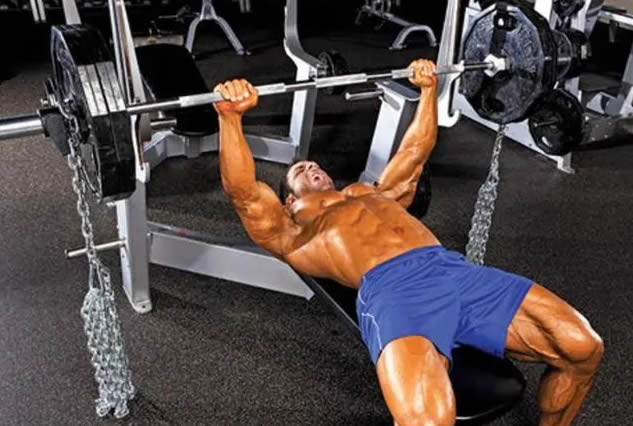
can i add the use of elastic bands or chains to my bench press barbell?
Elastic bands or chains are usually intended for powerlifters and their use can increase the intensity of the exercise, if you don't know how to use them don't use them. There are many variables that must be considered when using these tools, the weight or tension, the trajectory or speed of the barbell at different positions during the bench press, in addition to many other points of caution.
When the barbell is on the correct trajectory and controlled, the chain can be used as an aid which provides optimum tension without the risk of serious injury. If you don't know how to add a barbell, don't do it.

why do some guys use an extra wide grip on the bench press?
A wide grip reduces the trajectory of the barbell. This is an excellent way to lift maximum weight and is not recommended considering overall fitness. Remember, lifting bigger weights does not necessarily lead to a strong, toned physique. If the wide grip bench press is used incorrectly for long periods of time, it can increase the risk of pectoral muscle tears and elbow pain.

with these tips learned, it's definitely not a problem to get another round of pecs, grow in strength, increase in muscle fibres and see a visible breakthrough in a few weeks!

